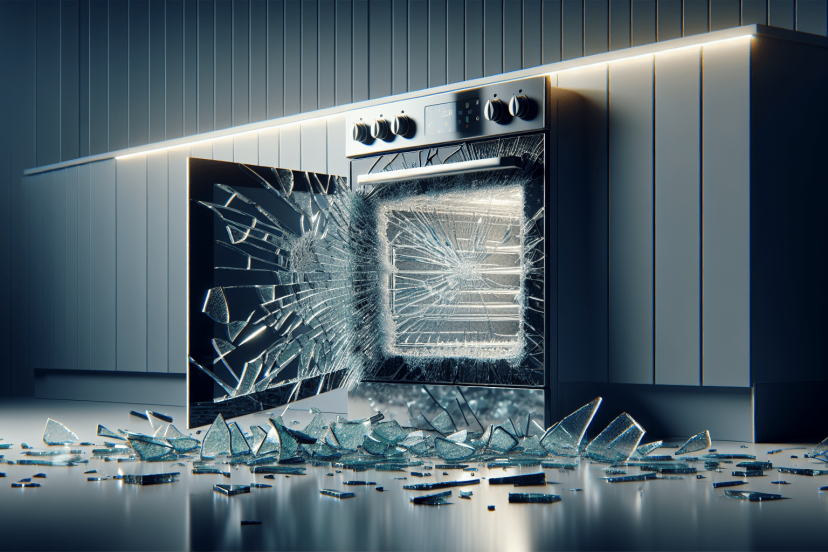What Are The Disadvantages Of Built In Appliances?
Have you ever considered the drawbacks of having built-in appliances in your home? While they may offer a sleek and seamless appearance, there are some disadvantages to be aware of. From limited flexibility in terms of design and layout to potential difficulties with maintenance and repairs, it’s important to weigh the pros and cons before making a decision. Keep reading to explore the downsides of built-in appliances and ensure you make an informed choice for your home.
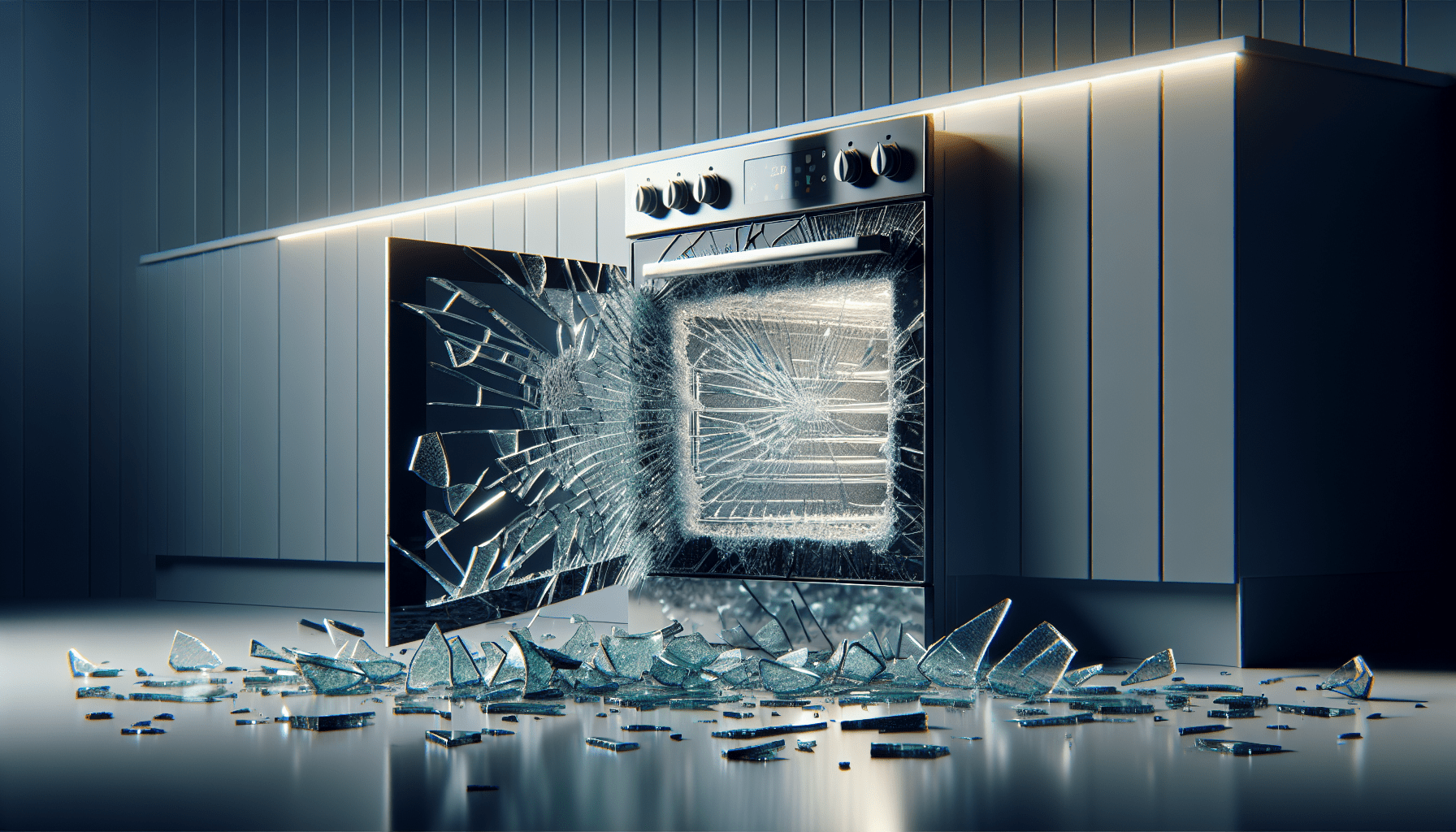
Limited flexibility in placement
Difficult to move or rearrange
One major disadvantage of built-in appliances is the limited flexibility in their placement. Once they are installed, it can be quite difficult to move or rearrange them to a different location. This lack of mobility can be problematic if you decide to renovate your kitchen or if you simply want to change the layout of your appliances. It may require professional help and potentially result in additional costs to reposition built-in appliances.
Restrictions on remodeling or renovating
Built-in appliances can also pose restrictions on remodeling or renovating your kitchen. Since these appliances are designed to be integrated into the cabinetry and countertops, any changes to the layout or structure of your kitchen may require modifications to accommodate the built-in appliances. This can limit your options when it comes to making changes to your kitchen and may add additional complexity and costs to your remodeling project.
Higher costs
Expensive initial investment
When compared to freestanding appliances, built-in appliances often come with a higher price tag. The initial investment for built-in appliances can be significantly more expensive due to their specialized design, integration requirements, and installation process. This can put a strain on your budget when setting up your kitchen or during a kitchen renovation project.
Potentially pricier repairs and maintenance
In addition to the higher upfront costs, built-in appliances may also be pricier to repair and maintain. Due to their integrated nature, repairs and maintenance work on built-in appliances often require specialized technicians. These technicians usually have to disassemble parts of the cabinetry or countertop to access the appliance, which can result in higher labor costs. The need for specialized technicians may also limit your options when it comes to finding competent repair professionals.
Limited options for budget-conscious consumers
For those on a tight budget, built-in appliances may not be the most suitable choice. The higher costs associated with these appliances, both in terms of the initial investment and maintenance, may put them out of reach for budget-conscious consumers. If cost-saving options are a priority, freestanding appliances offer a wider range of choices that cater to different budget levels.
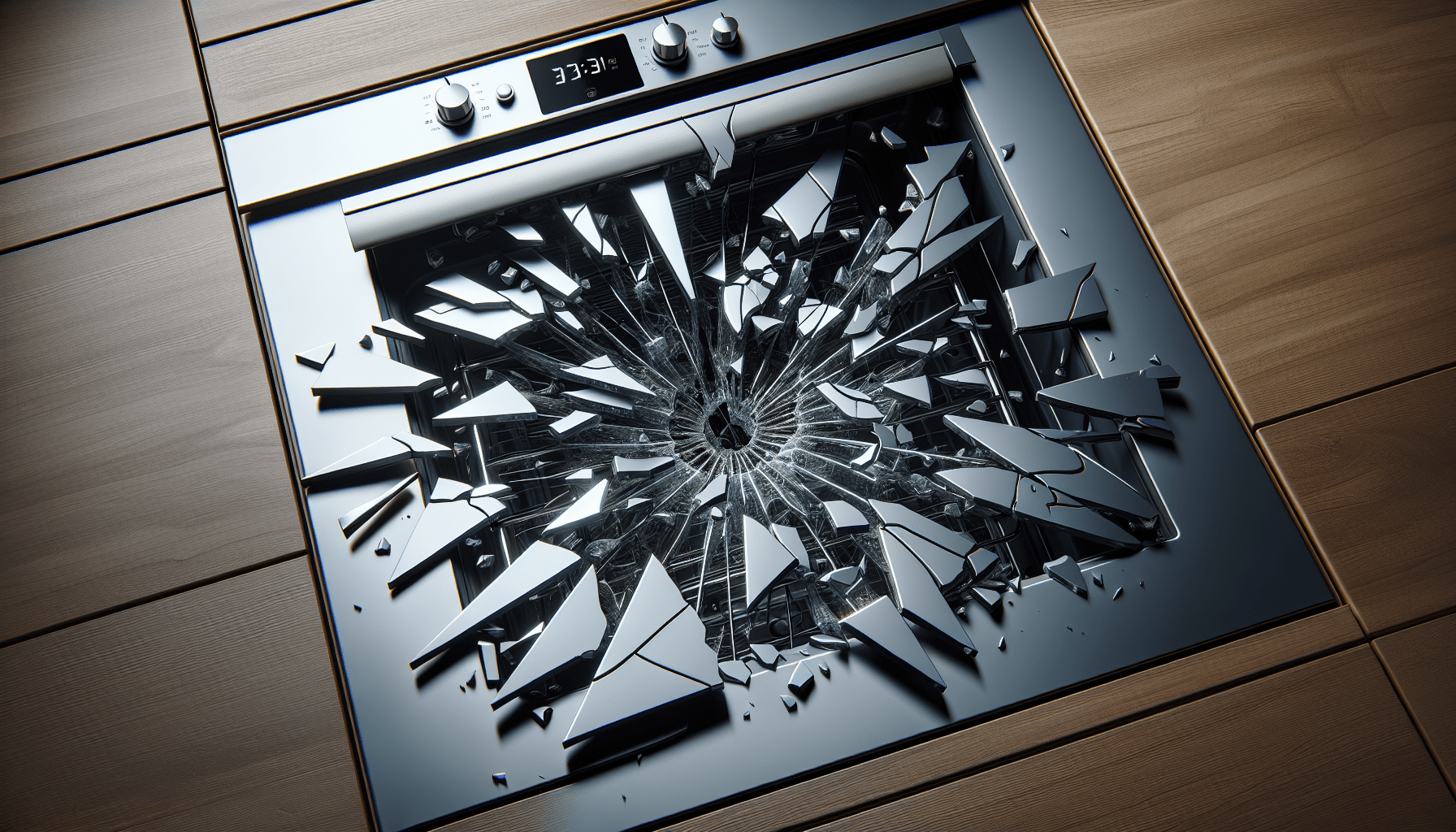
Compatibility issues
Incompatibility with existing appliances
Built-in appliances may bring about compatibility issues, particularly when incorporating them into an existing kitchen setup. The dimensions and specifications of built-in appliances are often specific to their brand or model, which can make it challenging to find suitable replacements. This can pose a problem if one of your built-in appliances needs to be replaced or if you want to upgrade to a different brand or model.
Difficulties in finding suitable replacements
As mentioned earlier, the specific dimensions and specifications of built-in appliances can make it difficult to find suitable replacements. Unlike freestanding appliances that come in standardized sizes, built-in appliances are often tailored to fit seamlessly into specific cabinetry and countertops. This lack of compatibility can limit your options when it comes to finding replacements that seamlessly integrate into your kitchen.
Less variety and limited options
Limited range of models and brands available
When compared to freestanding appliances, built-in appliances generally offer a more limited range of models and brands to choose from. While the selection may vary depending on your location and specific requirements, it is common to find fewer options when it comes to built-in appliances. This limited variety can restrict your ability to find the perfect appliance that suits your preferences, style, and functional needs.
Fewer choices in terms of features and specifications
In addition to a limited range of models and brands, built-in appliances often offer fewer choices in terms of features and specifications. The focus on integration and seamless design can result in a reduced selection of features or advanced technological options that may be available in freestanding appliances. This can be a drawback if you have specific requirements or preferences when it comes to the features and functionalities of your appliances.
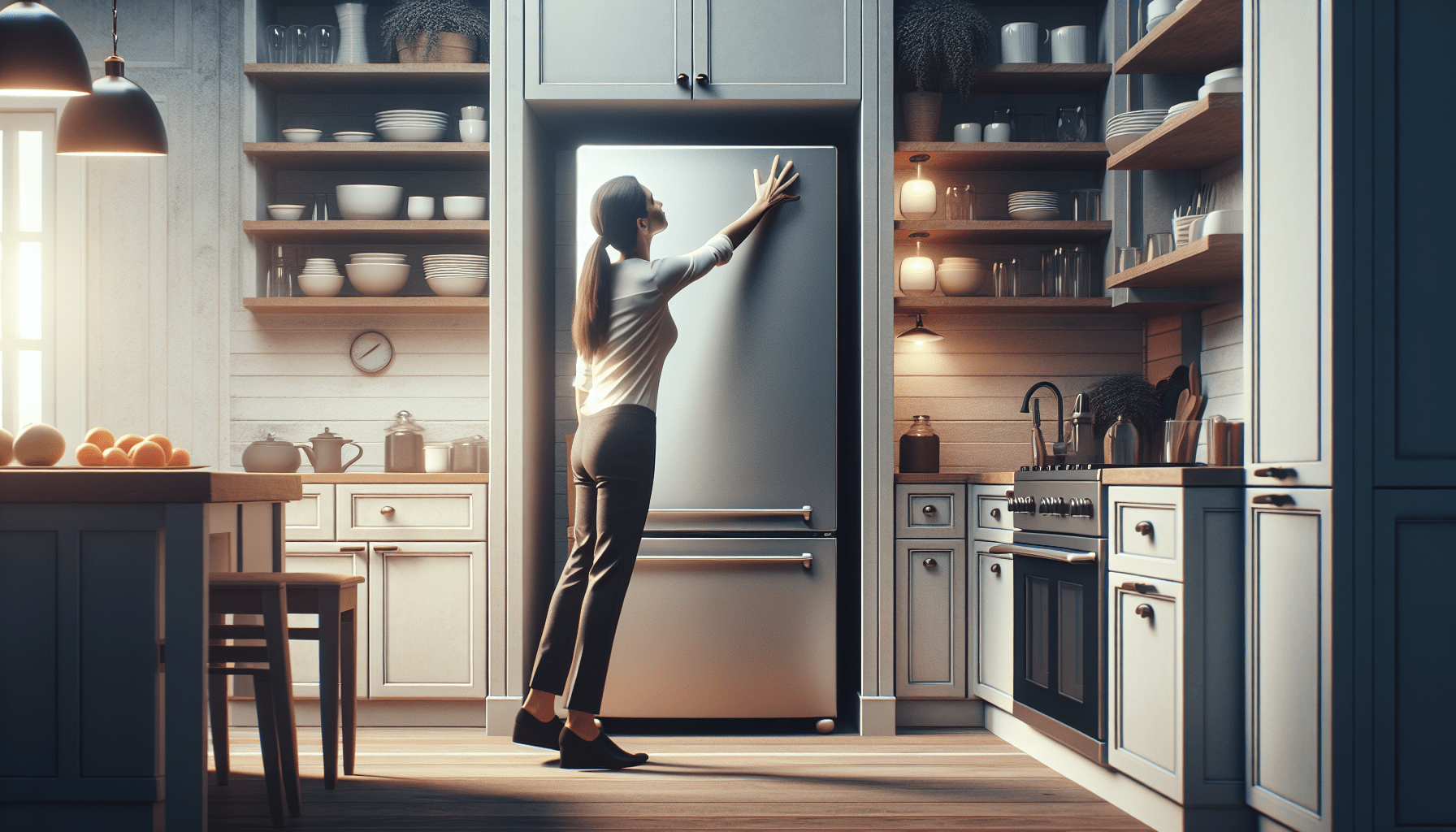
Complicated installation process
Requires professional installation
Installing built-in appliances is not typically a DIY project. These appliances often require professional installation to ensure proper integration and functioning. The installation process can involve adjustments to cabinetry, countertops, electrical connections, and plumbing, depending on the type of appliance. Hiring professional installation services can add to the overall cost of your kitchen setup or renovation project.
Potential challenges in retrofitting existing spaces
If you are considering installing built-in appliances in an already existing kitchen, you may encounter challenges during the retrofitting process. The dimensions and specifications of your existing space may not perfectly align with the requirements of the built-in appliances, which could result in additional modifications and adjustments to make it work. These challenges can increase the complexity of the installation process and potentially lead to additional costs.
Higher installation costs
Building on the requirement for professional installation, the associated costs can be higher for built-in appliances compared to freestanding options. The specialized skills and expertise needed to ensure proper integration, along with any necessary adjustments or modifications to your kitchen space, can drive up the installation costs. It’s essential to factor in these additional expenses when considering the overall investment required for built-in appliances.
Maintenance difficulties
More complex to clean and maintain
Maintaining cleanliness and hygiene can be more challenging with built-in appliances. The integration of these appliances into cabinetry or countertops often means that there are more crevices, corners, and tight spaces that require cleaning. This can make it more time-consuming and tedious to ensure that your built-in appliances are kept in good condition. Regular cleaning routines may need to be more thorough and meticulous to prevent any buildup of dirt or grime.
Need for specialized technicians
When it comes to repairs and maintenance of built-in appliances, the need for specialized technicians can be a disadvantage. Due to the integration and unique design of these appliances, you may need to rely on technicians with specific expertise in dealing with built-in appliances. Depending on your location or the availability of qualified professionals, the process of finding and scheduling maintenance services for your built-in appliances may be more challenging.
Possible disruption of other appliances during maintenance
Another drawback of built-in appliances is the potential disruption of other appliances during maintenance. Since these appliances are integrated into the cabinetry, any repair work or maintenance that needs to be done may require disassembling parts of the surrounding structures. This can result in temporary inconvenience or even make other appliances temporarily unusable while the built-in appliance is being serviced. The impact on the overall functionality of your kitchen during maintenance can be a significant drawback.
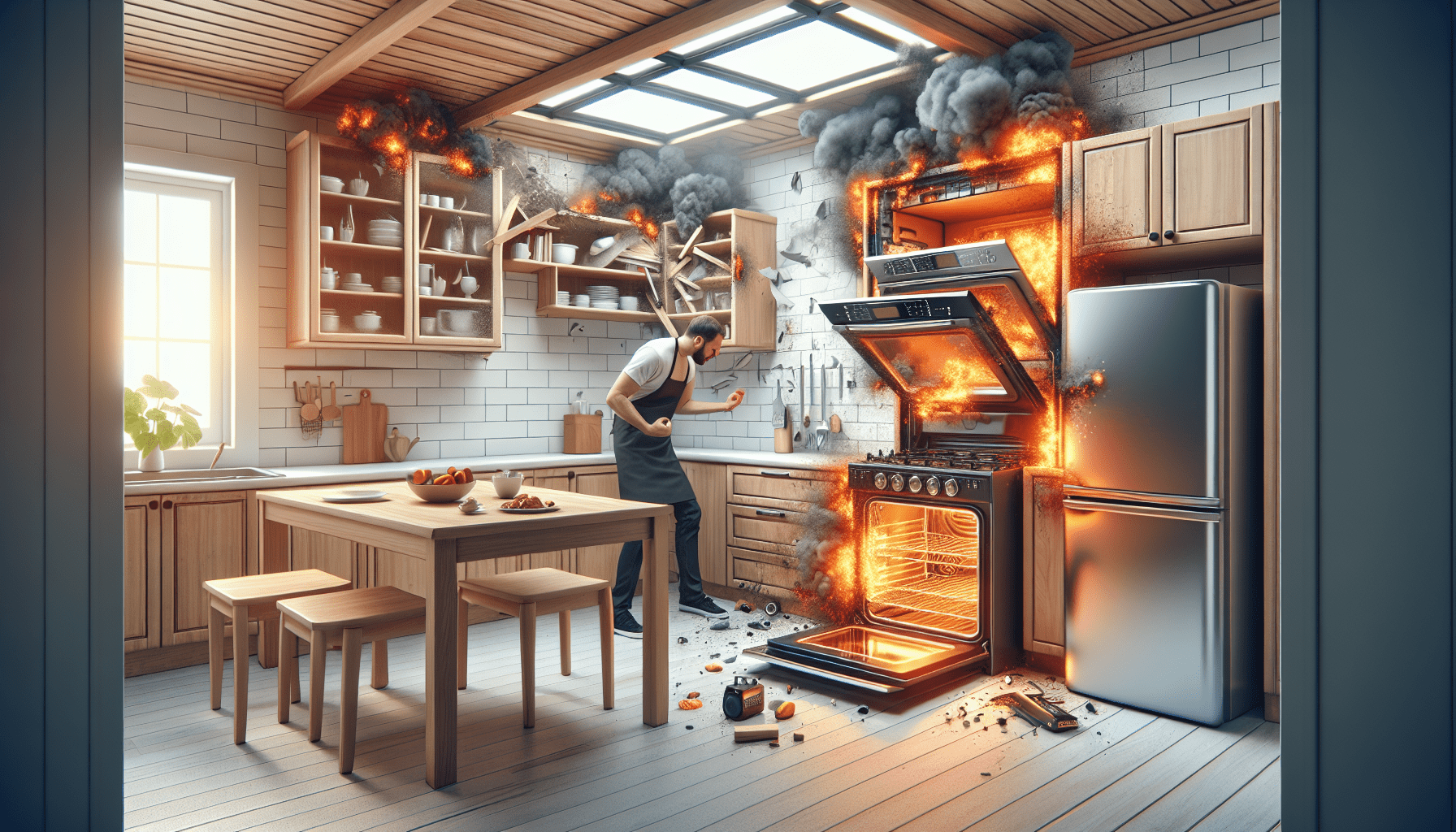
Risk of obsolescence
Technological advancements may render built-in appliances outdated
Built-in appliances can carry a higher risk of becoming outdated due to rapid technological advancements. As new technologies emerge and existing appliances are upgraded, built-in appliances may struggle to keep up with the latest features and functionalities. This can result in your built-in appliances becoming outdated sooner than expected, potentially requiring replacement or upgrades to stay up-to-date with current trends and technological advancements.
Lack of flexibility to upgrade or adapt to new trends
The integration of built-in appliances into your kitchen design can hinder your ability to upgrade or adapt to new trends in the future. If you choose to remodel or change the style of your kitchen, the built-in appliances may not easily align with the new design. This lack of flexibility can limit your options when it comes to incorporating the latest design trends or functional features into your kitchen space.
Restrictions in relocation
Difficult to relocate when moving to a new home
Built-in appliances can present challenges when it comes to relocating to a new home. Disassembling and reinstalling these appliances require specialized skills and knowledge to ensure proper installation. This can make it difficult to relocate your built-in appliances without the help of professionals. If you’re planning to move, the integration of built-in appliances may not be the most practical choice as it can be a time-consuming and costly process.
Costly to disassemble and reinstall
The cost of disassembling and reinstalling built-in appliances can be quite high. As mentioned earlier, the specialized installation process required for these appliances often involves adjustments to cabinetry, countertops, electrical connections, and plumbing. When you factor in the expenses of professional removal and reinstallation, the overall costs associated with relocating built-in appliances can be significant.
Limited warranties
Shorter warranties compared to freestanding appliances
Built-in appliances commonly come with shorter warranties when compared to their freestanding counterparts. This can be attributed to the integrated nature and higher complexity of built-in appliances, which may result in manufacturers offering limited warranty coverage. The shorter warranty periods can be a disadvantage, as it may leave you with less protection and financial recourse in case of any malfunctions or defects in the appliances.
Potential limitations on coverage
In addition to shorter warranty periods, built-in appliances may also have potential limitations on warranty coverage. Certain conditions or misuse may void the warranty, leaving you responsible for any repair or replacement costs. It’s important to read and understand the warranty terms and conditions of your built-in appliances to ensure that you are aware of any limitations or exclusions that could affect your coverage.
Lack of portability
Inability to take appliances when moving or selling the house
One significant disadvantage of built-in appliances is their lack of portability. Since these appliances are integrated into the kitchen cabinetry and countertops, they cannot easily be taken with you when you move or if you decide to sell your house. This means that any investment made in built-in appliances may not be transferable to your new home and can potentially be left behind, resulting in a loss of value.
Limited options for temporary or rental accommodations
If you find yourself in a temporary or rental accommodation situation, built-in appliances may not be ideal. The inability to take these appliances with you means that you may have to rely on the existing appliances in the rental property or make do without some key kitchen appliances. This lack of portability can limit your options when it comes to setting up a functional kitchen in a temporary or rental space.
In conclusion, while built-in appliances offer seamless integration and a sleek design, they come with several disadvantages. The limited flexibility in placement and restrictions on remodeling or renovating can pose challenges in adapting your kitchen space. The higher costs, both upfront and for repairs and maintenance, may be a concern for budget-conscious consumers. Compatibility issues and limited options for models, brands, features, and specifications can limit your choices. The complicated installation process and maintenance difficulties, along with the risk of obsolescence, can further add to the drawbacks. Moreover, built-in appliances can pose restrictions in relocation, have limited warranties, and lack portability. Considering these disadvantages is essential when deciding between built-in and freestanding appliances to ensure that you make an informed decision that suits your needs and preferences.

